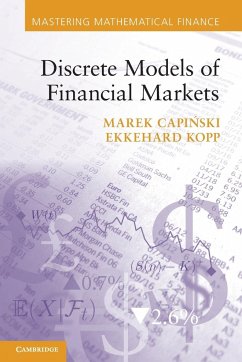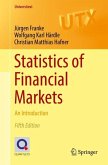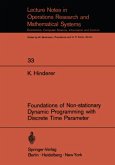This book explains in simple settings the fundamental ideas of financial market modelling and derivative pricing, using the no-arbitrage principle. Relatively elementary mathematics leads to powerful notions and techniques - such as viability, completeness, self-financing and replicating strategies, arbitrage and equivalent martingale measures - which are directly applicable in practice. The general methods are applied in detail to pricing and hedging European and American options within the Cox-Ross-Rubinstein (CRR) binomial tree model. A simple approach to discrete interest rate models is included, which, though elementary, has some novel features. All proofs are written in a user-friendly manner, with each step carefully explained and following a natural flow of thought. In this way the student learns how to tackle new problems.








